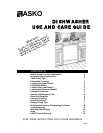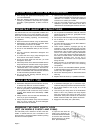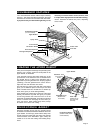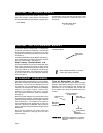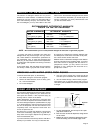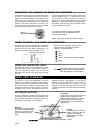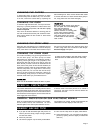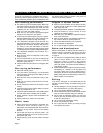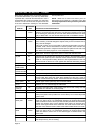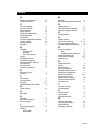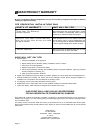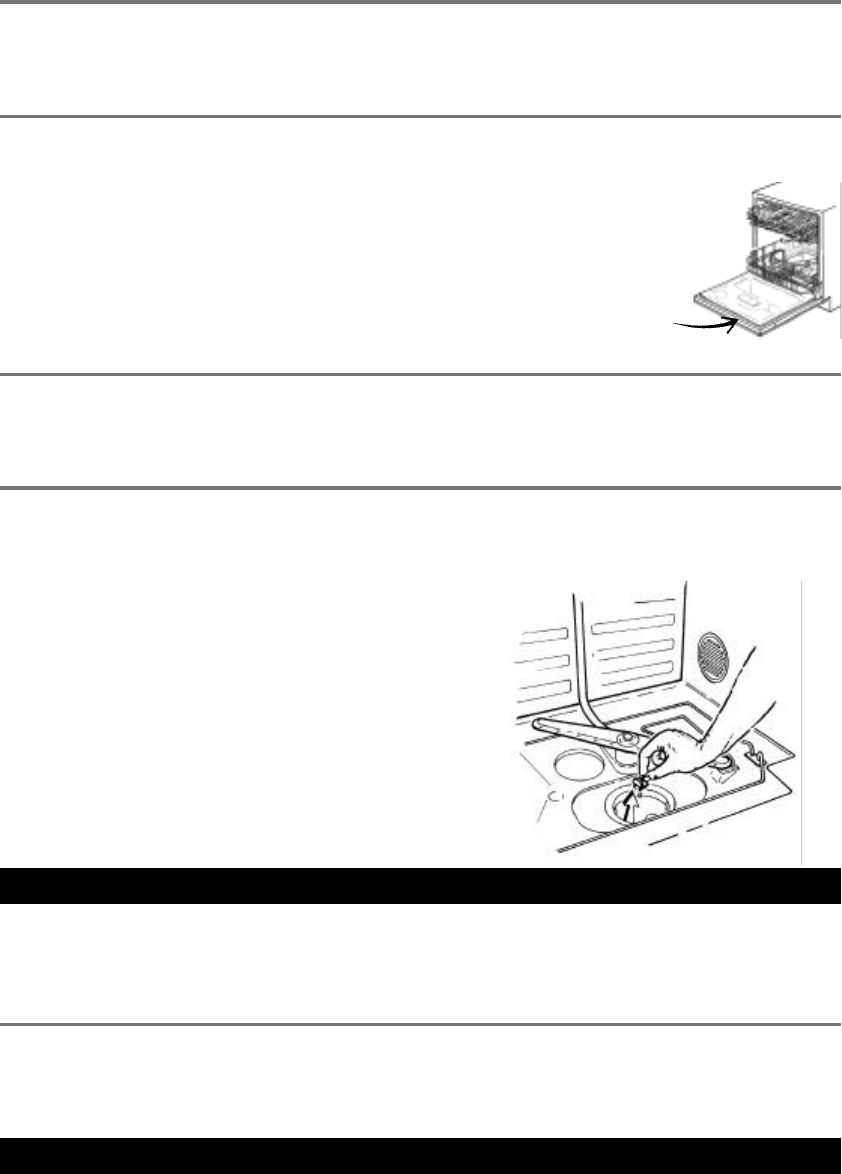
Page 7
On occasion something may get through the filters and
into the drain pump. The drain pumps on ASKO
dishwashers are designed to automatically reverse if
anything should get caught in the propellers, thus
ejecting the item back into the sump area or down the
drain. Should you need to remove an obstacle from the
drain, first turn the power off then remove the filters (as
explained on page 6). Next, lift out the small black insert
from the sump area. (You might want to remove any
standing water first.) You can then look into the sump
area for the item causing the obstruction. Should you
find something, simply scoop it out. Be sure to replace
the black insert before you put the filters back in.
Spray-arm jets and bearings may sometimes become
clogged with hard water chemicals. To remove the spray
arms, screw off the nut and take off the washer on top of
CLEANING THE DOORCLEANING THE DOOR
To reach an item caught in the drain pump, remove
the filters then the small black insert in the sump
area.
Your ASKO dishwasher has an overfill protection device
that automatically shuts off the inlet valve and starts the
drain pump if the water level in the unit should rise above
the normal level. If this happens, turn the water off at the
main supply and call for service.
the spray arm and lift off the arm. Wash the spray arms
in warm, soapy water. Use a soft brush to clean the jets.
Rinse thoroughly and replace.
OOVERFILL PRVERFILL PROOTECTIONTECTION
OVERFILL PROVERFILL PROOTECTION ON OUR ELECTRTECTION ON OUR ELECTRONIC MODELSONIC MODELS
If there is water in the base pan due to an overfill or
small leak, the water must be removed before the
dishwasher will start.
When an overfill is detected on Models D1776, D1796FI,
D1876, D1996, D1976, and D1976CUS, all of the
indicator lights on the control panel will flash at once.
ENERENERGY SAGY SAVING VING TIPSTIPS
♦ If you plan to wash the dishes right away, there’s no
need to pre-rinse. Simply scrape off large particles
and load the dishes.
♦ Wash only full loads.
♦ Use the Pan program only for heavily soiled dishes.
♦ Don’t use the Temp boost for lightly soiled dishes.
♦ Avoid using Heat dry. (You can speed up the drying
process by opening the door slightly to release the
moist air.)
CLEANING CLEANING THE FILTHE FILTERSTERS
In hard water areas, it may be necessary to clean
chemical buildup from the filters every 12 to 18 months.
To do this, remove the coarse filter by squeezing the
tabs and lifting it out. Next, unscrew the fine filter and lift
it and the main filter out. Wash all three filters gently in
hot, soapy water and rinse them thoroughly.
To clean the edge around the door, use only a soft warm,
damp rag. To prevent penetration of water into the door
lock and electrical components, do not use a spray
cleaner of any kind.
Also, never use abrasive cleaners or scouring pads on
the outer surfaces because they will scratch the finish.
Some papers towels can also scratch or leave marks
on the surface.
CLEANING CLEANING THE SPRATHE SPRAY Y ARMSARMS
CLEANING THE DRAIN PUMPCLEANING THE DRAIN PUMP
On Models D1776, D1876, D1976 and D1976CUS, the
LED window will also display a fault code (F2).
Never run the dishwasher without the filters in place.
WARNING!
Never use a spray cleaner of any kind on
the door panel. You could damage the
door lock and electrical
components. And never use
abrasive cleaners or scouring pads
on the outer surfaces because
they will scratch the finish. Also,
some paper towels can scratch
or leave marks on the stainless
steel surface.
WARNING!



